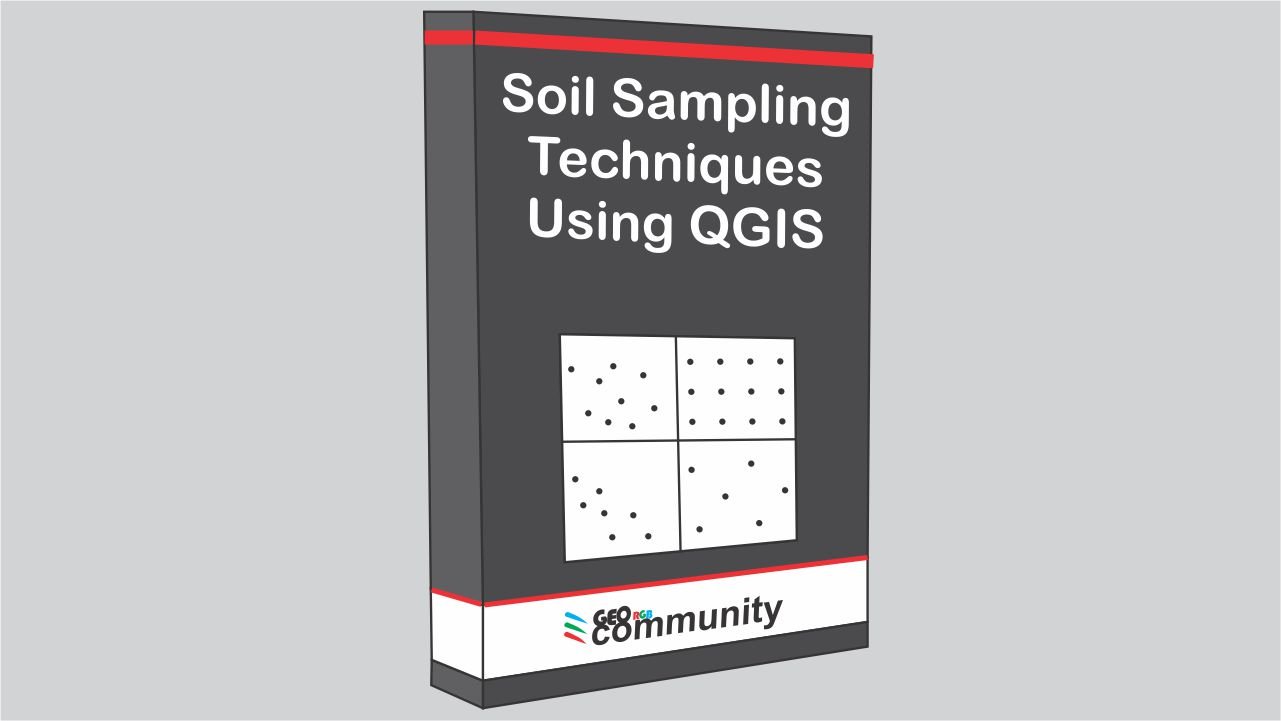
About Course
In this tutorial you are going to learn how we can use QGIS to create a sampling campaign for contaminated soils. You are going to see some of the algorithms that QGIS can offer us to simplify the mathematical part of the probabilistic sample techniques.
Two are the main topics:
- Probability samples: Probability sampling is defined as a sampling technique in which the researcher chooses samples from a population using a method based on the theory of probability. In this case, each member of the population has equal chance of being selected. Examples, Random sampling, Systematic sampling, stratified sampling and cluster sampling.
- Non-Probability Samples: non-probability sampling is defined as a technique in which the researcher chooses samples from a population using a method based on the subjective judgement. Members of the population are selected in non random way. Example, convenience sampling.
Course Content
Lesson 1. Introduction.
-
Introduction
26:18
Lesson 2. Non-probabilistic Sampling.
Lesson 3. Probability Sampling.
Student Ratings & Reviews
The course was very helpfull
thanks
Good soil sample background
Clear and professional really a very good start point to understand problematics related to sampling
Awesome course. I learned a lot.
It was great
The course hast taught both Non-probabilistic sampling and probabilistic sampling techniques in spatial sampling. I thank you for the course.
Very informative and useful guide for practitioners
Overall, pretty good.




